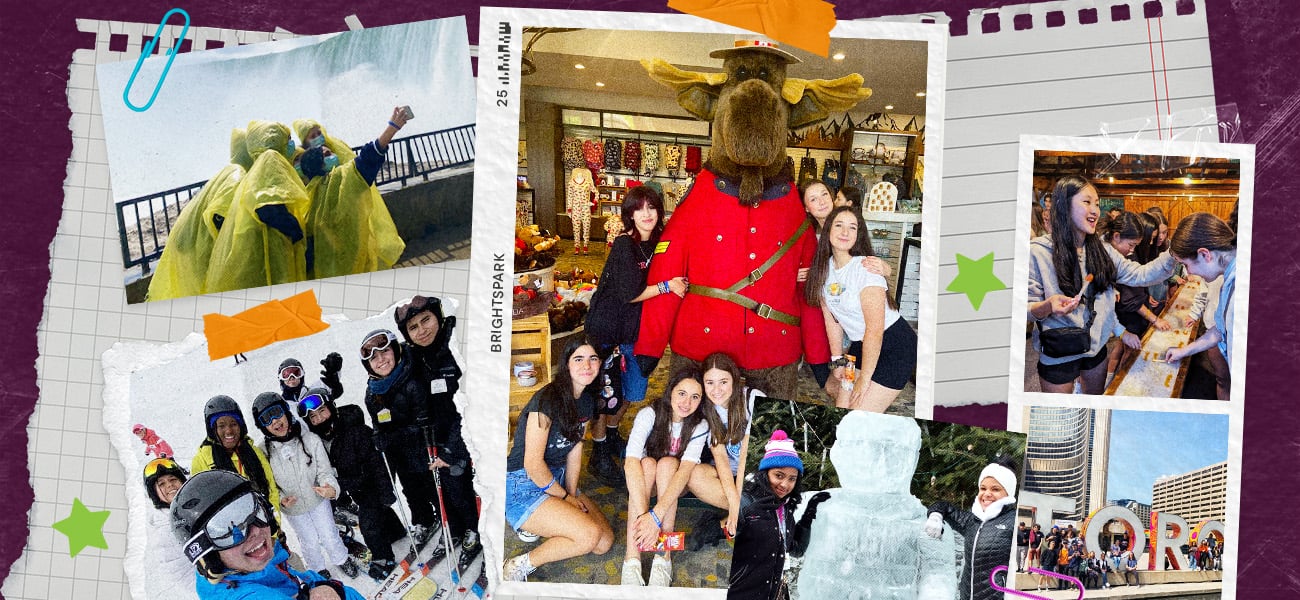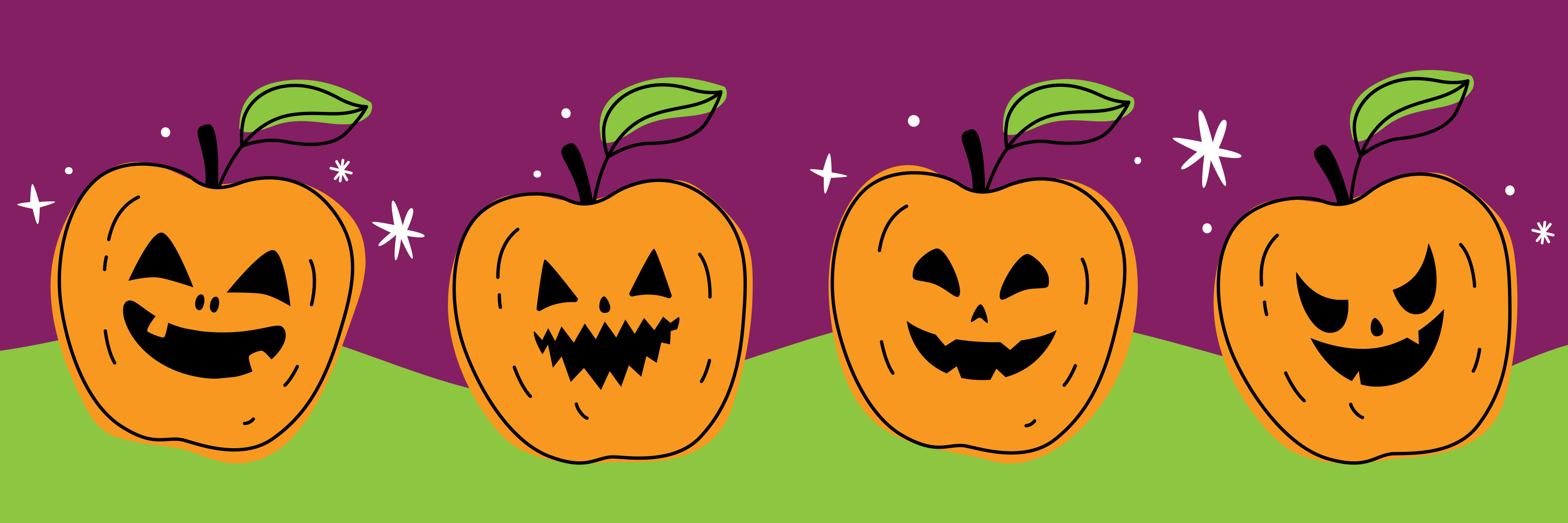Truth and Reconciliation Day on September 30th opens the door to global conversation on all aspects of Residential Schools. It is an opportunity to create meaningful discussion about the effects of Residential Schools and the legacy they have left behind. The date was chosen because it is the time of year in which children were taken from their homes to residential schools, and because it is an opportunity to set the stage for anti-racism and anti-bullying policies for the coming school year. We encourage you to share these resources within your classroom and ask students to wear orange on September 30th in support.
Truth and Reconciliation Day on September 30th opens the door to global conversation on all aspects of Residential Schools.
The Story of Truth and Reconciliation Day
Truth and Reconciliation Day stems from the St. Joseph Mission Residential School Commemoration Project and Events which were designed to commemorate the residential school experience, witness and honour the healing journey of the survivors and their families as well as commit to the ongoing process of reconciliation. The story of Truth and Reconciliation Day and Phyllis (Jack) Webstad takes your students through the journey of how a shiny new orange shirt became the symbol of many losses experienced by the Indigenous community.
What are Residential Schools?
Residential schools functioned from 1876 to 1996 in Canada in order to assimilate Indigenous children to Euro-Canadian culture. By implementation of Indian Act (1876), the Indigenous children were taken away from their parents and sent to these schools. In the 19th century the Canadian government set up the residential school system to teach English and Christianity to Indigenous children. Successive generations were taken from their families and put in boarding schools run by churches. Over the years, many of the children suffered physical, mental and sexual abuse, in some circumstances resulting in death.
Activity Idea: Based on their knowledge from the above learnings, ask students to compare their school to that of a residential school in Canada and share their thoughts with the class. Further supplement the discussion with follow up questions such as:
- What were the goals of residential school programs? Why do you think the government decided to target children? In the minds of policy makers, why would this be in the best interest of the children?
- How would you react if you were forced to attend one of these schools?
- What are the lasting impacts of the Residential School System on Indigenous individuals, Peoples and communities?
Survivor Testimonies
WARNING: Graphic Language/Content
Click here to listen to the Residential Schools Podcast Series
Have your students listen as survivors of Indian Residential Schools bear witness to such incident and vocalize their experience, sharing stories that have remained unspoken for so long.
Activity Idea: Follow the Learning Circle’s Classroom Activities: Unit 5 which asks students to reflect on the residential school system, using a variety of mediums to present their opinions or findings.
Moving Towards Reconciliation
In 2008, Prime Minister Stephen Harper issued an apology to the students of Indian Residential Schools and the Canadian government is working towards addressing the Truth and Reconciliation Commission of Canada’s 94 Calls to Action urging all levels of government — federal, provincial, territorial and aboriginal — to work together to change policies and programs in a concerted effort to repair the harm caused by residential schools.
Activity Idea (cost associated): Conduct the KAIROS Blanket Exercise in your classroom! The KAIROS Blanket Exercise is an interactive and experiential teaching tool that fosters truth, understanding, and respect. Collaborated with Indigenous Elders, Knowledge Keepers and educators, the exercise incorporates discussion of reconciliation amongst Indigenous and Non-Indigenous Peoples to address the 94 Calls to Action. To learn more or request a KAIROS Blanket Exercise click here.
Continuing the Discussion
Now that your students have learned about Truth and Reconciliation Day, Residential Schools, and Canada’s steps towards reconciliation, encourage your students to further enhance their education through literature, and additional classroom discussion. Check out our suggested discussion topics here:
- What does Truth and Reconciliation Day symbolize?
- How might hearing Phyllis’ story make other Residential School Survivors more comfortable to share their stories?
- Why are some memories hard to share or speak out loud?
- Why would you need to have permission to tell another person’s story?
- What is the work of reconciliation, and what does it mean to you?
Go Forward with Courage
Watch the below webinar where Brad Baker, a proud member of the Squamish nation, shared the importance in understanding Canada’s colonial past and shared his thoughts on how we can move forward in the creation of a better future.
You should also consider taking your class on a trip to the Ottawa Summer Solstice Festival to experience Indigenous culture in person. See the itinerary here.
If you would like to donate to The Orange Shirt Society or purchase a shirt (partial proceeds of purchases will go to the Orange Shirt Society to support awareness activities) please visit the Orange Shirt Day website.
![Truth and Reconciliation Day [Classroom Resources for Orange Shirt Day] featured image](https://www.brightsparktravel.ca/hubfs/orange%20shirt%20day.jpg)


![Hunt for Ghosts Across Canada [Classroom Resources]](https://www.brightsparktravel.ca/hubfs/BSCA-2022-Halloween-hero-BLOG.jpg)

![What Even is Hallowe’en? 🎃 [Classroom Resources]](https://www.brightsparktravel.ca/hubfs/halloween.jpeg)
